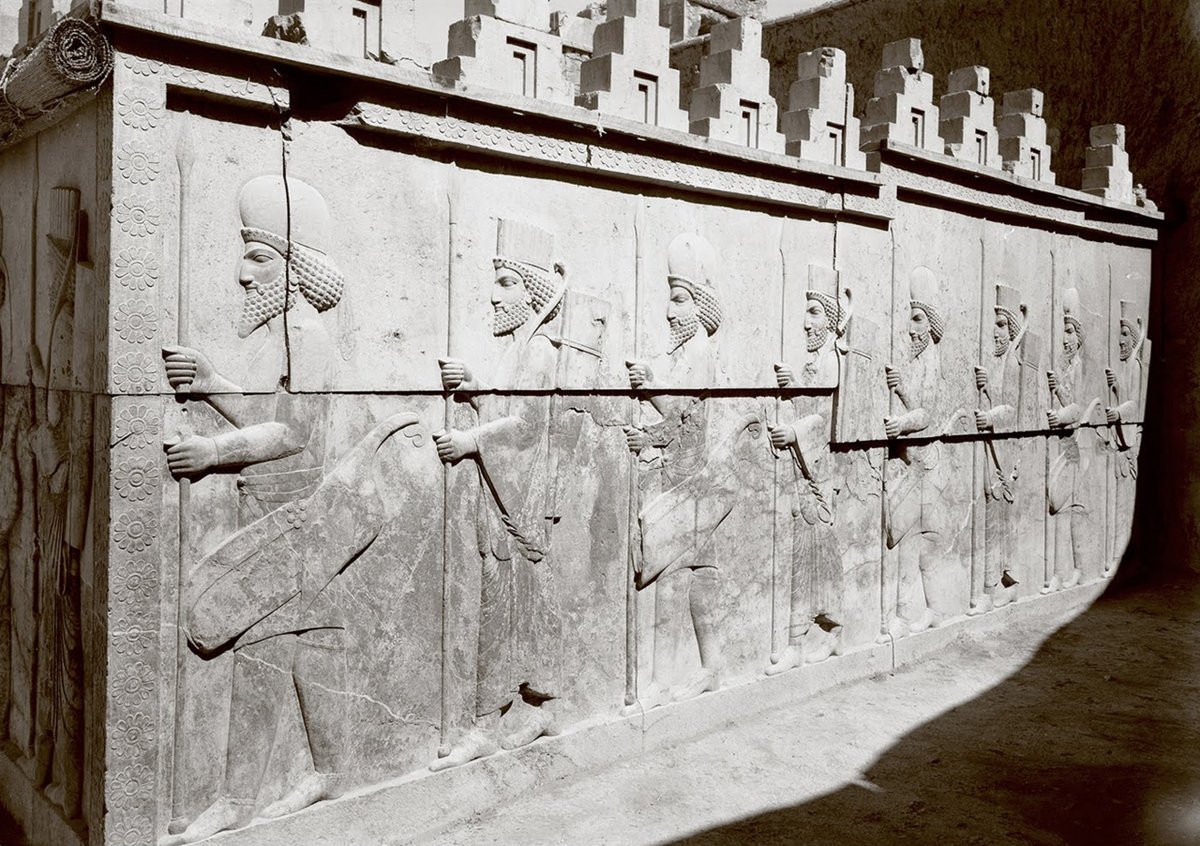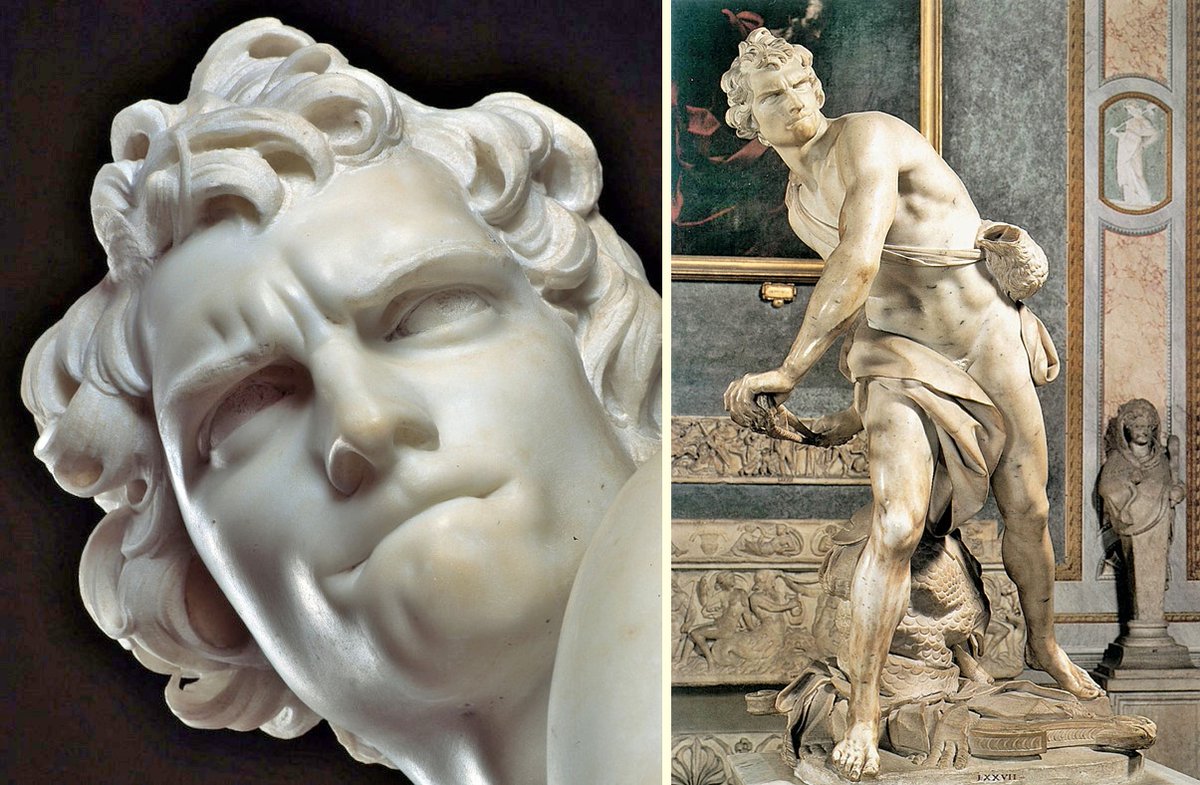2151
2153
2154
2155
2157
2160
2161
2162
2163
2164
2166
2168
2171
2173
2175



























